Cetacean research by Curt and Micheline Jenner and the CWR Team has entered our 27th year!
Using four different vessels, our 5.8 m Novurania inflatable (Nova), a 13.5 m sailing catamaran (WhaleSong), a 24 m expedition vessel (WhaleSong II) and our small ice-classed ship (Whale Song) a wide variety of cetacean species have been encountered, photo-identified and studied.
Humpback whales by the dozen on the calving grounds and travelling the migratory corridors, pods of feeding pygmy blue whales, charging killer whales, resting pygmy sperm whales, racing fin whales, rare Omura’s whales, tropical Bryde’s whales, engaging dwarf minke whales, boisterous pilot whales as well as seriously cool sperm whales and a myriad of bow-riding dolphins including gregarious short-beaked common dolphins, stupendous striped dolphins, pale Indo-Pacific humpback dolphins, Indo-Pacific bottlenose dolphins, spinning spinner dolphins, beautiful Fraser’s dolphins, rough-toothed dolphins, Risso’s dolphins and common bottlenose dolphins.
Rowdy male humpback whales are out and about looking for mating opportunities during the winter breeding season in Lalang-garram/Camden Sound Marine Park. Photo Micheline Jenner.
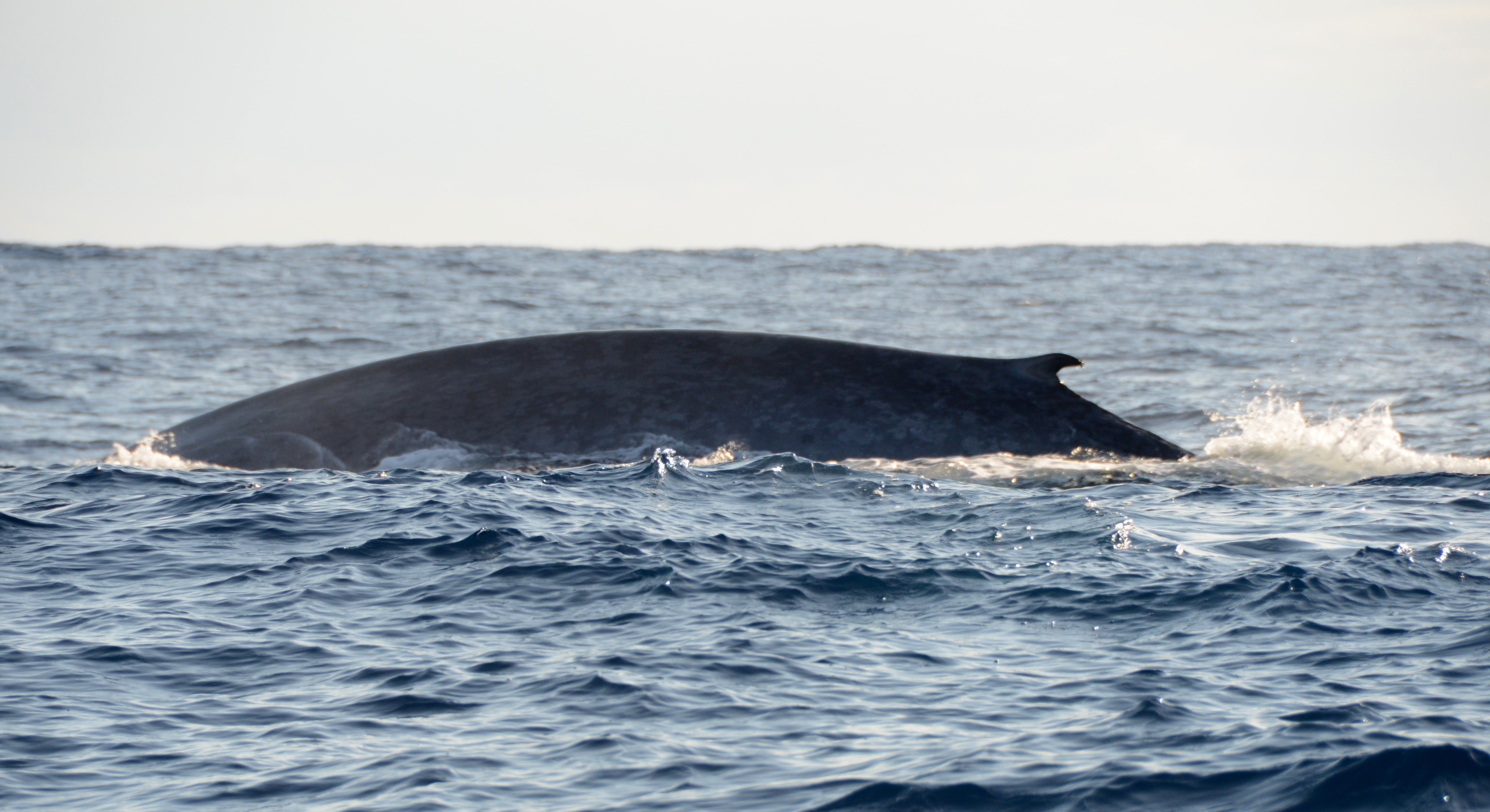
This pygmy blue whale called “Hook” has a barnacle attached to the very tip of it’s dorsal fin. Photo Micheline Jenner.
Inquisitive and engaging dwarf minke whales inhabit the Great Barrier Reef for two months of the year each winter. Photo Micheline Jenner.
Skipper, our on board cetacean-spotter enjoys every encounter from his fairlead post on the bow. Photo Micheline Jenner.
Cetaceans are an indicator of the health of the ocean, which is in turn, an indicator of the health of our planet Earth.
Caring for our seas is integral for everyone’s well-being.

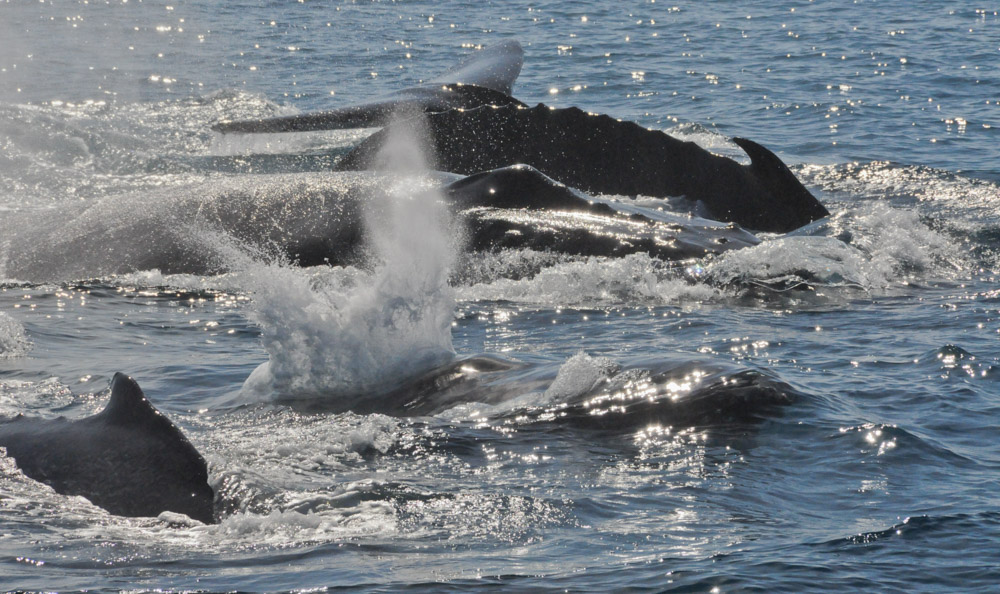
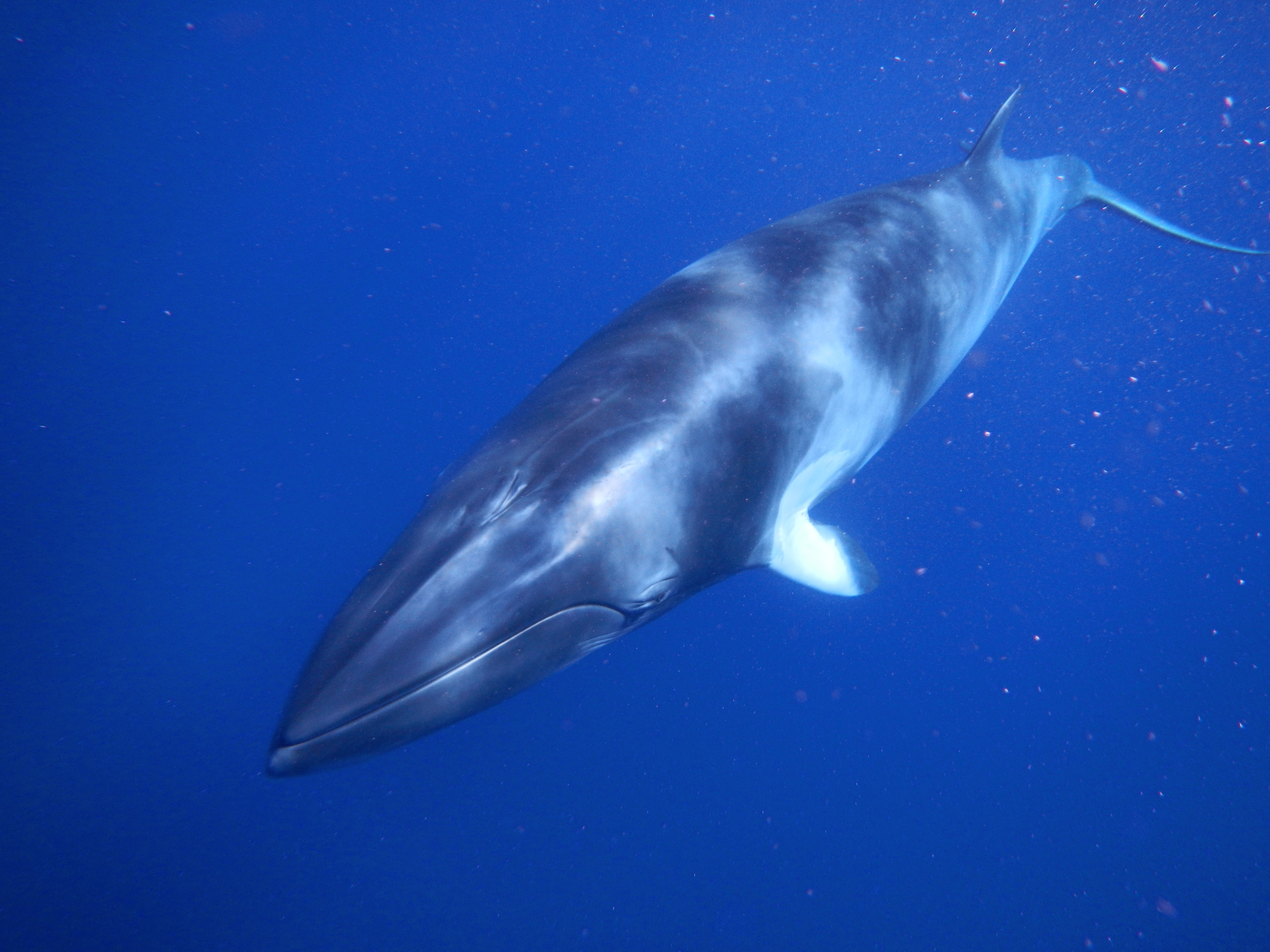
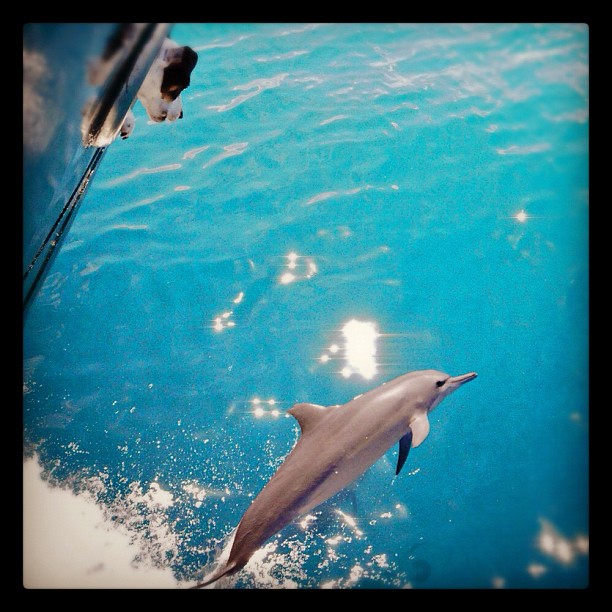



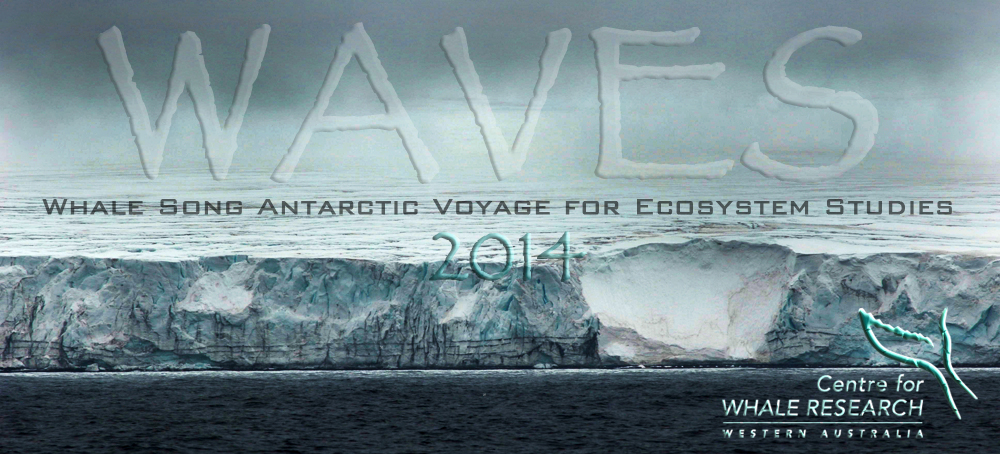










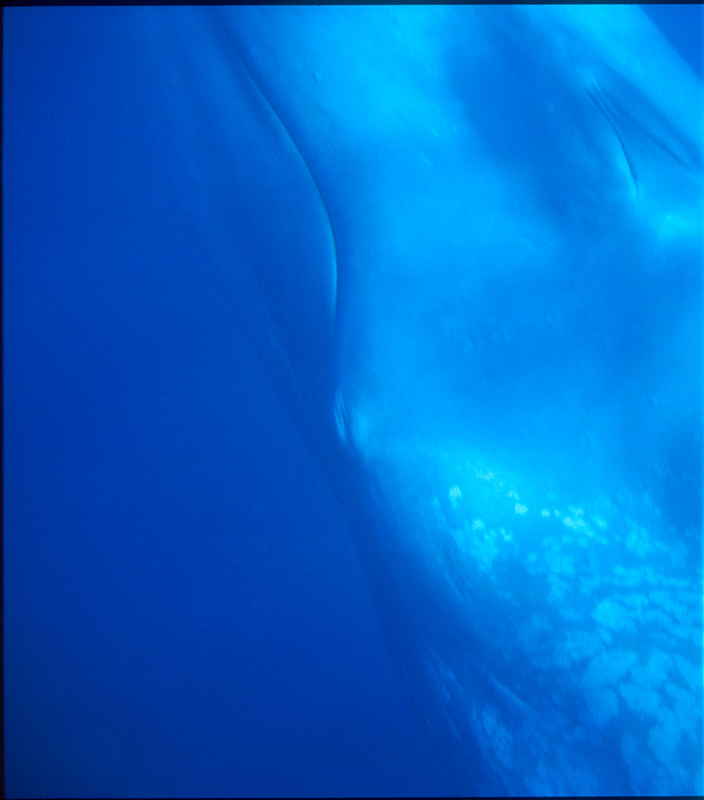
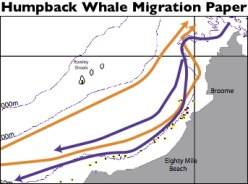
No comments yet.